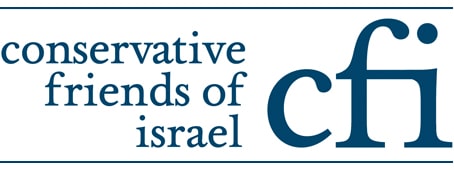On Monday, the International Atomic Energy Agency (IAEA) reported that uranium particles had been discovered at a site not previously declared by the Iranian Government in yet another breach of the 2015 Joint Comprehensive Plan of Action (JCPoA) by Iran.
The confidential report did not name the facility that had been producing the particles, but it has been widely reported that the uranium samples had been taken from a facility in Tehran’s Turquzabad district and that the particles had been mined and had undergone initial processing, but not enriched.
Iran has previously claimed that the Turquzabad site is a carpet cleaning factory that has no other purpose.
In a speech to the U.N. General Assembly last September, Israel’s Prime Minister Benjamin Netanyahu claimed that Iran had a “secret atomic warehouse for storing massive amounts of equipment and material from Iran’s secret nuclear weapons programme” in the Turquzabad district. He then urged the IAEA Chief to investigate.
Satellite photography of the site in question showed the facility being slowly emptied of numerous large containers between July and September 2018. The IAEA’s findings provide further evidence of Iran’s long-standing breaches of the JCPoA.
Concerns amongst the international community about Iran’s nuclear ambitions have heightened due to Tehran’s continued steps away from the JCPoA since July 2019, when the IAEA confirmed that the permitted 300kg cap of low enriched uranium (3.67%) had been exceeded. Just days later, Iran announced it had enriched uranium to 4.5% purity and had the ability to raise it to 20%, despite the JCPoA limit. Most recently, in September, the spokesperson for the Iranian parliament’s National Security Committee announced plans to limit access for international inspectors to Iran’s nuclear sites.
The Minister for the Middle East and North Africa, Rt. Hon. Dr Andrew Murrison, has condemned Iran’s actions over recent months as a “catalogue of failures by Iran to respect international law, norms and practices”.

